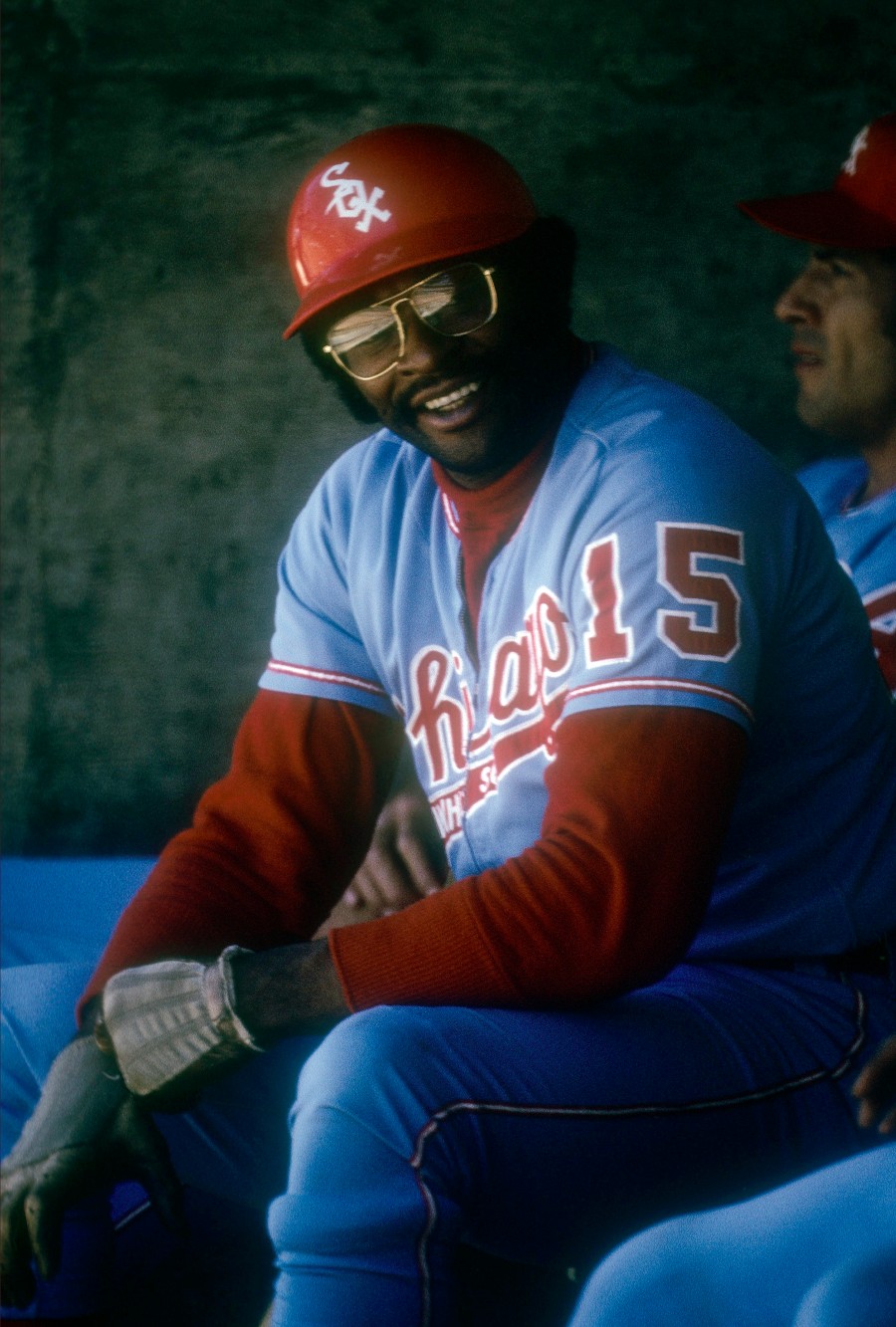Sox celebrate 1972 team – and its biggest star
By Cheryl Raye-Stout

Sox celebrate 1972 team – and its biggest star
By Cheryl Raye-Stout
To sit in the stands at Comiskey Park and watch Allen hit a home run in 1972 was truly special: No one hit the ball harder or farther. It was like a cannon shot that exploded out into the deepest park of the park.
The first baseman started off with the Phillies, then moved to the L.A. Dodgers, where White Sox General Manager Roland Hemond acquired him in exchange for Tommy John. To say that was a smart move is something of an understatement: Allen’s batting average was .308 that year; he led the American League with 37 home runs, 113 RBI, an on-base percentage of .420, a slugging percentage .603, walks and extra base hits. At the end of the season, he was named American League MVP. It was Hemond’s third year at the helm, and the trade for Allen – along with the acquisition of Bill Melton, a 19-year-old Goose Gossage, Carlos May and Wilber Wood (he was 24-17 and pitched a whopping 376 innings) – kept the Sox in playoff contention in the AL West for most of ’72 and kept them viable for the next two seasons. “We were a young club and needed credibility,” Melton recalled. “When we got Dick Allen we got credibility.”

Allen was known to have some issues with management, the media and fans before he played in Chicago. “Having a reputation before coming here and Chicago accepting me the way that they did,” said Allen, “Bringing me back [for the ceremony] was humbling.”
Hemond, who was named Executive of the Year in 1972, said the team’s success and popularity that year and the next two seasons were important to retaining the White Sox in Chicago. “There was talk of the club moving to Seattle, Milwaukee or Toronto,” Hemond said. Attendance picked up significantly with the ’72 Sox and the team wasn’t forced into a move so many fans feared. (In later years, the specter of a White Sox move did return).
Former organist Nancy Faust fondly remembered that year, her third with the White Sox. Faust was noted for selecting a song to match each player, a tradition she helped launch that year. When I asked about her choice for Allen, she said “Jesus Christ Superstar – and it got written about in the papers.”
It was an odd selection, perhaps. But Allen’s role in making the Sox popular again didn’t just make him a fan favorite – it made him a team savior.
